Understanding the most common surgeries can help prepare patients for potential procedures. Knowing...
Read More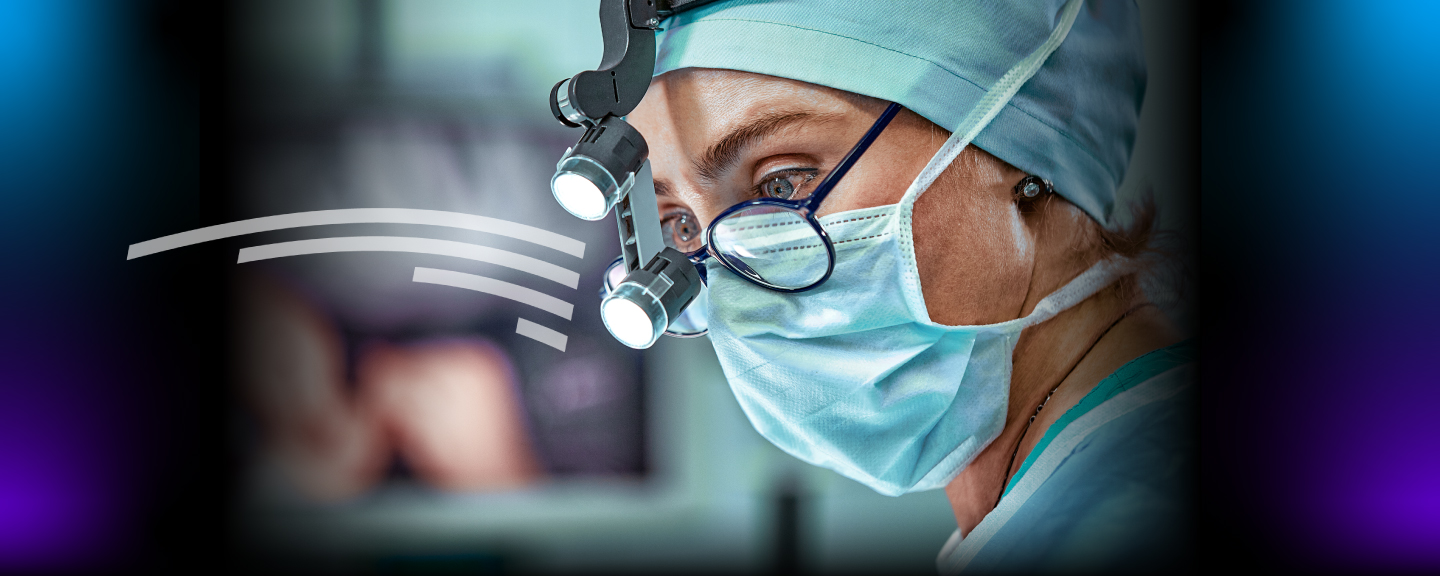
More than 25 million people in the U.S. develop hard deposits called gallstones in their gallbladder. Inspira is here to find the right treatment plan for you.
Gallstones are hardened deposits of digestive fluid in the gallbladder, a small organ beneath the liver. The gallbladder stores and concentrates bile produced by the liver. When stimulated by fatty foods in the small intestine, the gallbladder releases bile into the digestive tract to help emulsify and digest fat.
Gallstones can form when the balance of substances that make up bile—such as cholesterol, bile salts and bilirubin—is disrupted. If cholesterol concentration becomes too high, it can crystallize and solidify into gallstones. These stones vary in size and can block the normal flow of bile, leading to symptoms like abdominal pain, nausea and vomiting.
Untreated gallstones can result in complications, with one of the most common being acute cholecystitis. This occurs when a gallstone obstructs the cystic duct, causing inflammation and potentially leading to infection. Additionally, gallstones can block the common bile duct, causing jaundice and pancreatitis or pancreas inflammation.
Waiting to seek treatment for gallstones poses several dangers. Prolonged cystic duct obstruction can lead to more severe inflammation and an increased risk of infection. If gallstones block the common bile duct, it can result in serious complications such as liver damage and severe pancreatitis. In some cases, untreated gallstones may lead to a life-threatening condition known as gangrenous cholecystitis, where the gallbladder tissue dies due to lack of blood supply.
Prompt medical attention is essential given the potential risks associated with untreated gallstones.
Gallstone symptoms often include sharp abdominal pain, particularly in the upper right side of the abdomen; nausea; vomiting; and discomfort after consuming fatty foods. Some individuals may also experience jaundice, changes in stool color and persistent indigestion.
Gallstones and gallbladder attacks are diagnosed through medical history, physical examination and diagnostic imaging. Typically, ultrasound is the primary imaging test, allowing a technologist to see the gallbladder and the presence of stones. A provider may also use computed tomography (CT) scans or magnetic resonance imaging (MRI) for a more detailed assessment. They may also conduct blood tests for infection or liver dysfunction signs. Your provider will try to accurately identify gallstones' presence, size and impact to help determine the best treatment for you.
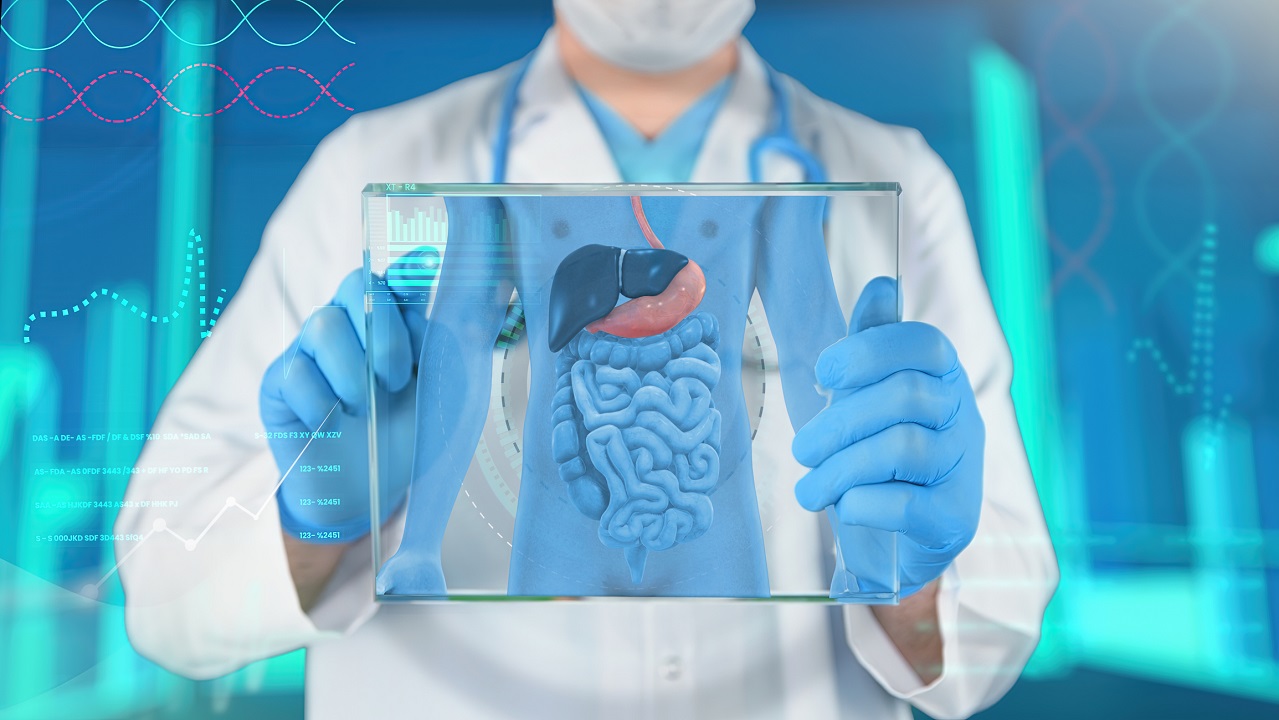

Some patients with mild symptoms may manage gallstones through dietary adjustments and weight loss or by taking medications to dissolve stones or alleviate discomfort.
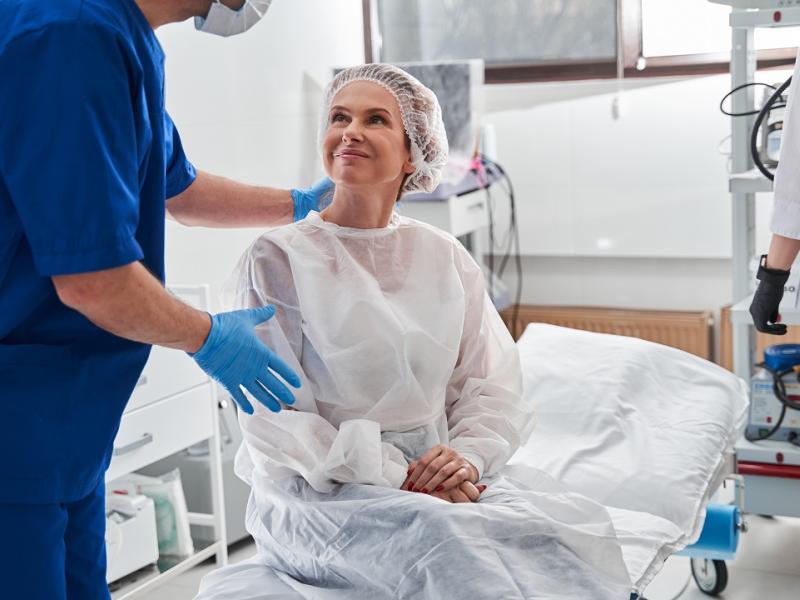
A common surgical approach for patients with recurring or severe gallstone-related issues involves minimally invasive surgery to remove the gallbladder through small incisions.
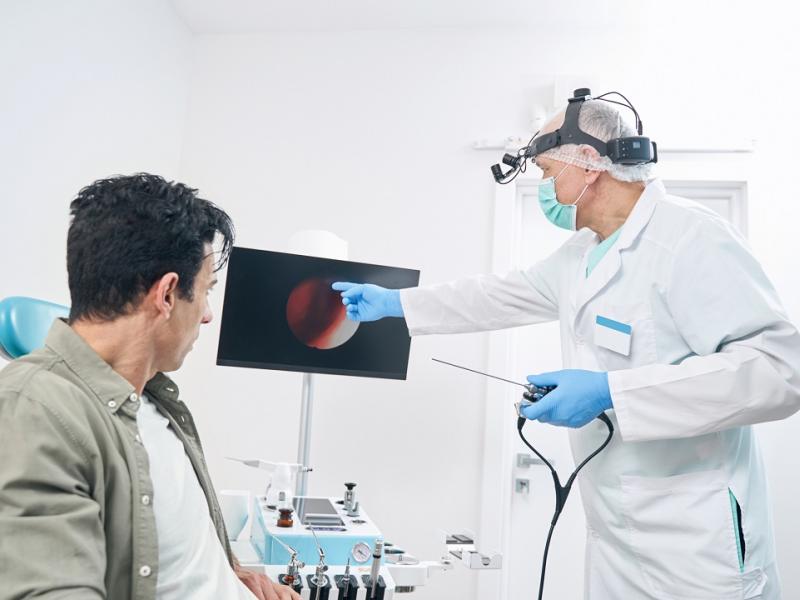
In some instances, physicians use ERCP to remove gallstones from the bile ducts using a combination of endoscopy and specialized tools, avoiding open surgery.
If you think you may have gallstones, getting a fast, accurate diagnosis and an effective treatment plan is essential. Using state-of-the-art imaging technology, such as ultrasound and CT scans, Inspira ensures accurate and timely diagnosis of gallstones, helping to guide decision-making about the best treatment pathway.
If surgery is necessary, Inspira abdominal surgeons excel at laparoscopic cholecystectomy, a minimally invasive procedure that promotes faster recovery and reduced postoperative discomfort.
Gallstones form when there is an imbalance in the substances that make up bile, leading to the crystallization of cholesterol or bilirubin. Factors such as obesity, rapid weight loss and genetics can contribute.
While surgery is a common and effective treatment, nonsurgical approaches may be considered depending on the size and type of gallstones. Medications to dissolve stones or procedures like endoscopic removal are alternatives in some instances.
Living without a gallbladder generally involves adjusting to a diet lower in fat to prevent digestive discomfort. Without the gallbladder, the continuous, steady release of bile aids digestion, but some individuals may experience occasional changes in bowel habits as their bodies adapt to the absence of this storage organ.
While the most common surgical treatment for gallstones is cholecystectomy, there are alternative procedures for certain cases. One such option is endoscopic retrograde cholangiopancreatography (ERCP), where a specialized endoscope removes or breaks down gallstones in the common bile duct. Another approach involves using lasers or shock waves in a process called lithotripsy to fragment gallstones, allowing them to pass naturally. These procedures are typically considered for individuals who cannot undergo traditional surgery or have specific medical conditions.
Once the gallbladder is removed, gallstones cannot form again. However, in rare cases, stones may still develop in the bile ducts. Follow-up care and adhering to a healthy lifestyle help minimize these risks.

Understanding the most common surgeries can help prepare patients for potential procedures. Knowing...
Read More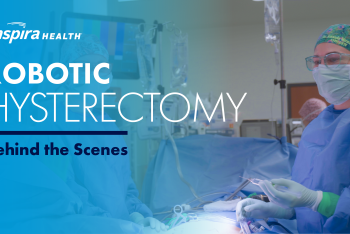
Amanda Mirmanesh, D.O., is an OB/GYN at Inspira Medical Center Vineland. Follow her as she arrives...
Read More
Preparing for surgery can feel overwhelming, but there are ways to minimize your anxiety and focus...
Read More
The material set forth in this site in no way seeks to diagnose or treat illness or to serve as a substitute for professional medical care. Please speak with your health care provider if you have a health concern or if you are considering adopting any exercise program or dietary guidelines. For permission to reprint any portion of this website or to be removed from a notification list, please contact us at (856) 537-6772